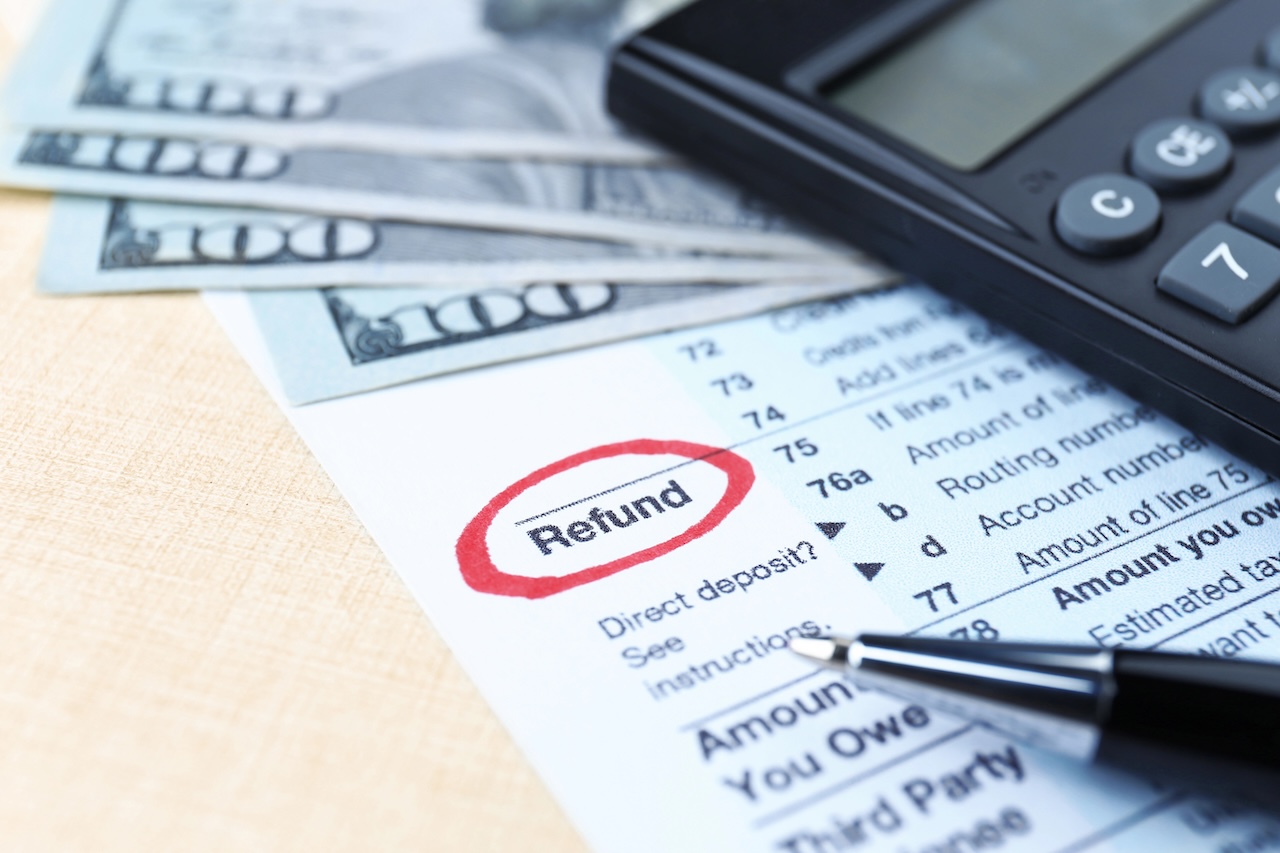Evaluating Multifamily Expenses: A Complete Investor’s Guide


When you’re investing in multifamily properties, it’s easy to focus on rental income, occupancy, and appreciation. But smart investors know the real test of profitability lies in evaluating multifamily expenses. The way you analyze costs directly affects net operating income (NOI), cash flow, and ultimately the property’s valuation.
Accurately evaluating multifamily real estate expenses means distinguishing between reliable deals and financial traps. Get it wrong, and you may overpay for a property. Get it right, and you set yourself up for strong return on investment and a healthier real estate portfolio.
This guide will take you through the process step by step. It covers line items, benchmarks, red flags, and practical tips. This way, you can make better investment decisions in multifamily real estate.
Every multifamily investment hinges on expenses. Strong rent rolls mean nothing if expenses eat up all the profits. Operating costs like maintenance, property taxes, payroll, and insurance determine how much money is left after bills are paid.
If you don’t dig deep into expenses, you risk:
Overpaying due to inflated NOI.
Missing hidden costs that tank cash on cash return.
Accepting loan terms that don’t match real performance.
Evaluating expenses is how you protect downside risk in commercial real estate.
Property values in multifamily real estate aren’t based on comparable sales like single-family homes. They’re determined by net operating income (NOI) and the capitalization rate (cap rate).
NOI = Income – Operating Expenses
A property with understated expenses looks artificially profitable, which inflates value. Even a small error in expenses can swing value by millions.
Example:
But if expenses are understated by $100,000:
NOI drops to $1,000,000
Value = $16.7M
That $100K oversight costs $1.6M in value. This is why evaluating multifamily expenses is the most important part of underwriting.
Expenses generally fall into these buckets:
Fixed Expenses – Don’t change much with occupancy (insurance, property taxes).
Variable Expenses – Fluctuate with occupancy and usage (utilities, repairs, marketing).
Controllable Expenses – Can be managed by ownership (payroll, vendor contracts).
Non-Controllable Expenses – Outside your control (taxes, some utilities).
Understanding which category each cost falls into helps in planning and risk assessment.
A common mistake in multifamily investment analysis is confusing operating expenses with capital expenditures (CapEx).
Operating Expenses (OPEX): Recurring, day-to-day costs like maintenance, property management, insurance.
Capital Expenditures: Large, non-recurring improvements like roof replacement or HVAC systems.
Separating these ensures you don’t overestimate NOI or underestimate long term repair needs.
When reviewing a T12 or expense report, here’s what to focus on:
Property Management Fees – Usually 3-10% of income. Low numbers may signal underreporting.
Maintenance & Repairs – Includes routine upkeep. Too low? Likely deferred.
Utilities – Water, sewer, trash, electric, gas. Can be huge in older buildings.
Insurance – Rising fast in many markets. Always confirm with a new quote.
Property Taxes – Expect reassessment after purchase, which can significantly raise costs.
Payroll – For larger complexes, includes salaries, benefits, and bonuses.
Marketing/Leasing Costs – Ads, websites, resident referral programs.
Administrative Costs – Office supplies, legal, accounting.
Contract Services – Landscaping, pest control, cleaning, security.
Reserves for Replacement – Smart owners budget for future CapEx.
T12 (Trailing 12) Statements – The gold standard for real expenses.
Rent Rolls – Compare income with operating costs.
Pro Forma vs. Actuals – Brokers love pro forma optimism. Stick with actuals.
Excel Models – Stress-test NOI by raising expense assumptions.
Third-Party Verification -Get real quotes from insurers, utility companies, and property management firms.
Too-Low Expense Ratios: A 20% ratio when the market averages 40–50%.
No Payroll on Large Properties: Unrealistic without outside management.
Understated Property Taxes: Not accounting for reassessment.
Maintenance “Miracle”: Extremely low maintenance likely means deferred repairs.
Insurance Gaps: Numbers that don’t reflect recent premium increases.
Each of these can distort NOI and mislead your investment decision.
Consider a 100 unit property showing:
On paper, this looks great. But after digging:
Taxes: Listed at $100K → Real reassessed amount: $180K
Insurance: Listed at $40K → Current quote: $85K
Repairs: $50K total → Unrealistic, should be $90K
Corrected Expenses: $685K
Corrected NOI: $815K
At 6% capitalization rate, value drops to $13.6M from $17.5M.
Lesson: Broker numbers often paint a rosier picture.
Always verify taxes with the assessor.
Get updated insurance quotes.
Stress-test utilities and payroll.
Review vendor contracts directly.
Speak with third-party property management companies.
Always budget reserves, even if the seller didn’t.
Your underwriting influences what lenders see and what terms you get.
DSCR (Debt Service Coverage Ratio): Underestimating expenses lowers DSCR.
Loan Proceeds: Lenders may cut loan size if expenses are higher than expected.
Interest Rates: Higher risk can mean higher rates.
Recourse vs. Non-Recourse: Expense assumptions can influence whether a lender demands personal guarantees.
Solid expense analysis strengthens financing and protects your downside in real estate investments.
When investing in multifamily properties, success comes down to disciplined underwriting. Evaluating multifamily expenses ensures realistic NOI, accurate valuations, and stronger financing.
The best investors don’t just accept seller numbers. They verify, benchmark, and stress-test. They treat operating expenses with as much weight as rent growth projections.
Mastering evaluating multifamily real estate expenses will help you grow your real estate portfolio, make smarter multifamily investments, and achieve consistent cash flow and long-term cash on cash return.
If you want to learn more about multifamily real estate, join the next Multifamily Bootcamp.
Because expenses determine net operating income (NOI), which drives property value. If you underestimate expenses, you’ll overstate NOI, overvalue the property, and risk poor return on investment.
What’s the difference between operating expenses and capital expenditures?
Operating expenses (OPEX): Day-to-day operating costs like maintenance, property management, insurance, and utilities.
Capital expenditures (CapEx): Big-ticket, non-recurring improvements like roof replacements or HVAC systems that extend a property’s life.
Property value in commercial real estate is based on NOI and the capitalization rate (cap rate). Higher expenses reduce NOI, which lowers valuation. A small change in expenses can reduce value by millions.
Unrealistically low expense ratios.
No payroll costs on larger properties.
Understated property taxes (not accounting for reassessment).
Low maintenance or repair costs suggesting deferred expenses.
Insurance numbers that don’t reflect current market premiums.
Increase expense assumptions by 10-20% in your underwriting model. Test how this impacts cash flow, cash on cash return, and your ability to cover debt service. This prepares you for market fluctuations like rising interest rates or utility costs.
Lenders evaluate expenses to confirm NOI and Debt Service Coverage Ratio (DSCR). If expenses are understated, lenders may reduce loan proceeds, increase interest rates, or require recourse terms. Strong expense analysis supports better financing.
Accurate expense analysis ensures sustainable cash flow, protects your real estate investments, and strengthens your real estate portfolio over the long term. It also helps in planning renovations, reducing turnover, and managing vacancy rates.
Yes. Experienced property management companies often negotiate better contracts for services, improve tenant retention (lowering turnover costs), and streamline operations. While their fees add to expenses, the efficiency usually improves NOI and investment returns.
Relying too heavily on broker pro formas. Always request actual financials (T12 and rent rolls), confirm with third-party quotes, and benchmark against industry standards before finalizing your multifamily investment.
Disclaimer: This article was written with the help of AI and reviewed by Rod’s team. Always consult licensed professionals.

Tax refunds in early 2026 could be $1,000 to $2,000 larger for many households due to retroactive tax law changes....

Why does it feel like large companies always get the upper hand? Maybe it’s the long contracts with fine print,...

What can you do if you can’t afford college? Maybe the financial aid award wasn’t enough, or you only want...